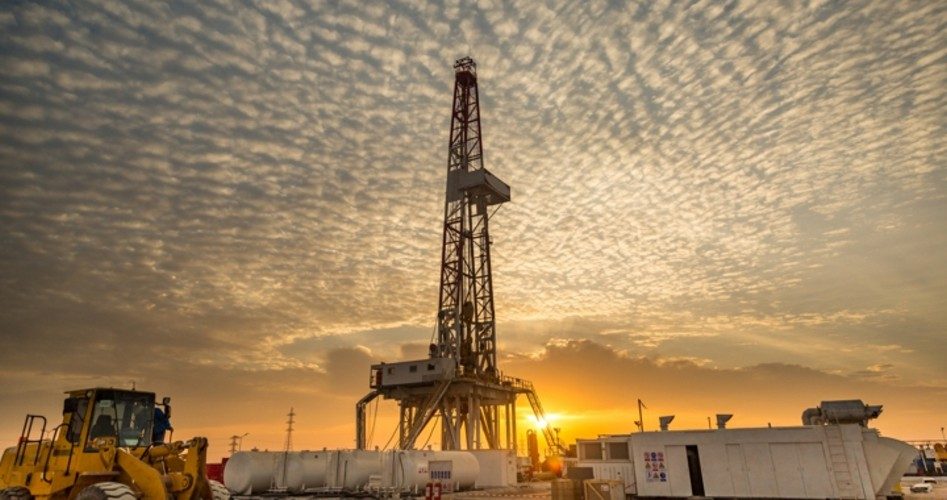
In the private capitalist system, capital-intensive industries such as oil and gas production need all the capital they can get in order to survive. Banks that are doing their usual spring cleaning — called reserve review and assessment followed by “redeterminations” — are discovering that many of their loans to shale-oil drilling enterprises don’t have enough reserves backing them up in case they default.
Moody’s and JP Morgan Chase are forecasting that the cutback in credit lines backed by shrinking reserves could approach 30 percent, more than enough, according to the Wall Street Journal, “to tip some weaker players into bankruptcy.”
When Whiting Petroleum declared bankruptcy back in April, The New American asked rhetorically, “Is Whiting Petroleum’s Bankruptcy a Harbinger?” Yes, said Todd Dittmann, head of energy at investment management company Angelo Gordon & Co., which manages about $33 billion: “It’s an unavoidable reckoning. A decade of bubbling public and private debt and equity capital [into the sector has] delayed this day, but no more.”
No more, indeed. Twenty-nine energy companies have defaulted on their debts so far this year, while 19 more have filed for bankruptcy. Others will be following shortly. Sanchez Energy already belongs to a bankruptcy trustee, while EP Energy Corporation suffered the collapse of a deal that would have saved it from bankruptcy. Alta Mesa Resources has been struggling since April to stay afloat.
Pioneer Energy Services had to abandon drilling in the Bakken field after 20 years of service, thanks to Whiting’s bankruptcy. Diamond Offshore Drilling filed for bankruptcy on April 26, suffering from a different set of problems in drilling fields miles deep offshore.
According to energy consultant Rystad Energy, more than 70 oil and gas producers in the United States may be forced into bankruptcy, with another 170 following next year.
Those surviving are cutting back on production massively. SPGlobal reported on Friday that 38 U.S. operators have cut their capital expenditures (capex) by 36 percent, resulting in the number of oil rigs being cut by two-thirds and fracking crews being cut by 80 percent.
One of those barely surviving is Chesapeake Energy, which made the headlines at the New York Times last week. The Times reported that the company’s shares lost two-thirds of their value in a single day when investors learned that the company was holding $9.5 billion in debt, has a loan payment due in August of $192 million, and had just $82 million in the bank. Its bond investors have already all but given up on getting their money back: Chesapeake’s bonds are trading at less than 10 cents on the dollar.
And then there’s the towering debt energy producers owe that matures over the next six years: $150 billion. When the debt “matures” it normally gets rolled over into new debt. Unless oil prices rebound handsomely in the meantime, there’s an increasing chance that little of it will be renewed, leaving energy producers with few options to obtain the capital they need to stay afloat.
Following the carnage, those energy producers that survive will be leaner, stronger, and more profitable. This is how the private capitalist system operates: Marginal producers are replaced by stronger competitors who are driven, as always, to meet consumer demand.
Image: sasacvetkovic33/iStock/Getty Images Plus
An Ivy League graduate and former investment advisor, Bob is a regular contributor to The New American, writing primarily on economics and politics. He can be reached at [email protected].
Related article:



